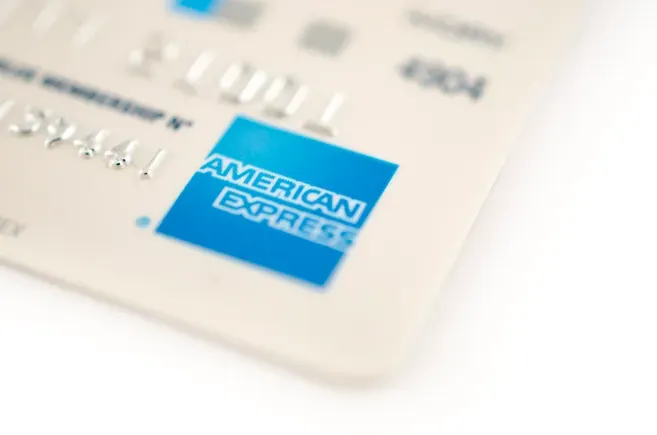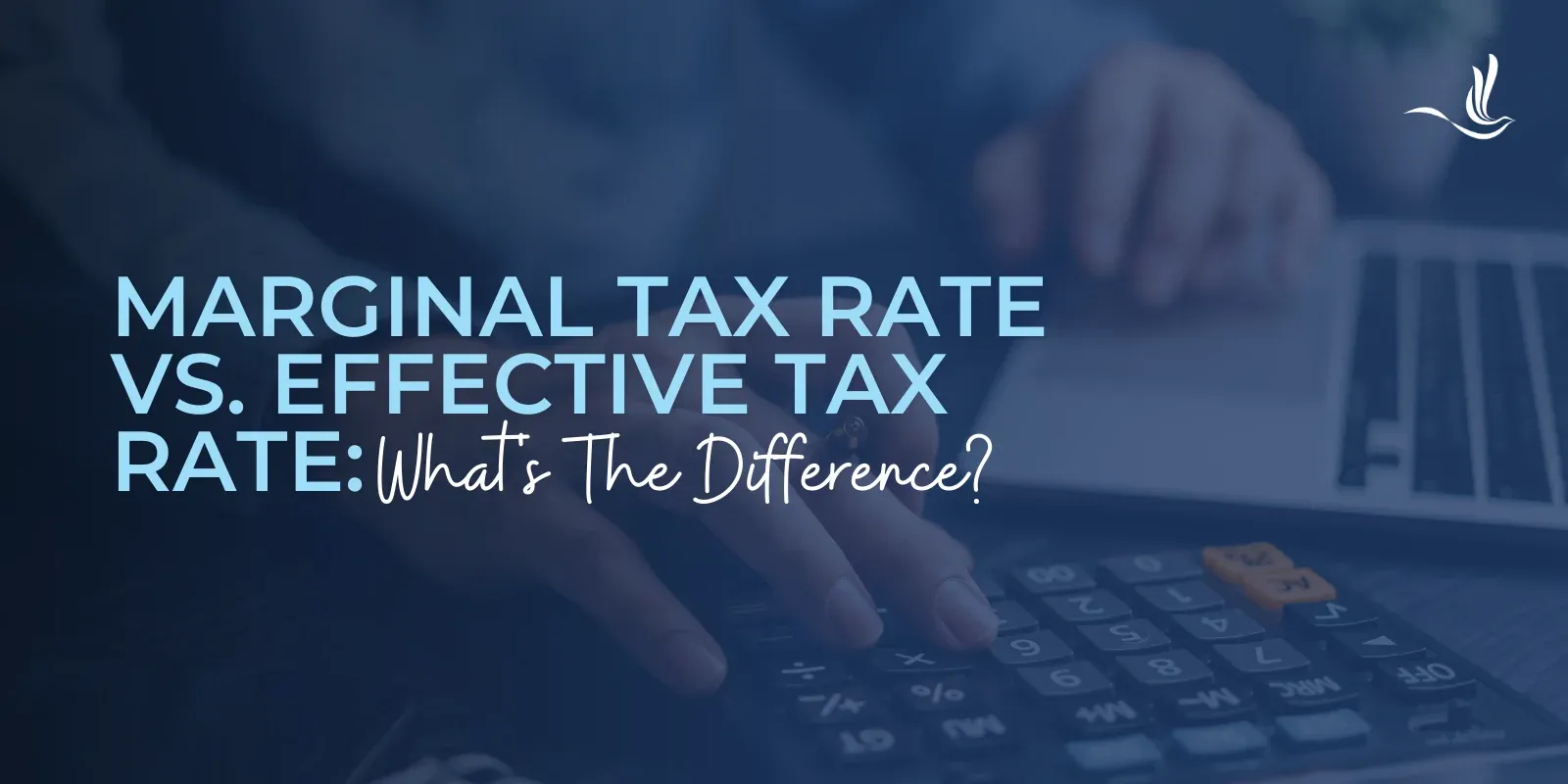Why does the discretionary income definition matter for student loans? It’s an arcane term and sounds as interesting as watching grass grow, but it’s actually really important. Knowing the discretionary income definition allows you to know EXACTLY what you have to pay on your student loans.
1. Discretionary Income Calculator 2.Discretionary Income Calculator 3. What is Discretionary Income and Why Should I Care? 4. Discretionary Income Calculation Depends on Your Family Size 5. How to Use the Discretionary Income Definition to Find Out What You’ll Pay After Graduation 6.
Can Discretionary Income Show my Student Loan Payment for Future Years? 7. How Does Discretionary Income Affect Student Loan Payments Over Time? 8. Want Help Solving Your Student Loans? We Can Help Figure Out the Best Path to Repayment
Discretionary Income Calculator
What is your family size?
Enter the total number of people in your family including you, your spouse, and children your children. Include unborn children who will be born this year.
Where do you live?
Lower 48 States or DCAlaskaHawaiiWhat was your AGI (taxable income) on your most recent federal tax return?
Are you legally married?
Yes NoWhat was your spouse's AGI (taxable income) on your most recent federal tax return?
Some borrowers will also not have to recertify IDR payments until 2023. That could be a good or bad thing because of the huge increase in the poverty line in 2022 due to inflation.
Download the Best Student Loan CalculatorDiscretionary Income Calculator
The Discretionary Income Calculator above is completely updated with the latest 2022 poverty guidelines that the government publishes every January. You’ll see how much of your income the student loan servicers will use when calculating your income-based monthly student loan payments.
If your discretionary income is really high, you might consider refinancing to a lower interest rate with a company like Earnest.
If you use the link below to apply, you could get thousands of dollars in interest savings along with a large cash bonus as a Student Loan Planner® reader.
Do you think you could benefit from student loan forgiveness options? If so, check out more about our consult service after we get done explaining discretionary income.
Visit Earnest, Get a Bonus Up to $500What is Discretionary Income and Why Should I Care?
Discretionary income is typically defined as what you have left over after you’ve covered your necessary expenses (like rent/mortgage, groceries, utilities, etc.). Often, this type of discretionary income is contrasted with disposable income which is your take-home pay after your social security and income taxes have been taken out out of your paycheck.
With such a broad definition, it can be difficult to determine exactly what one’s discretionary income is. Expenses that one person feels are necessities may seem like luxury items to someone else.
The Department of Education needs a concrete way to determine your discretionary income for the purpose of calculating your student loan payments.
The federal government created Income-Driven Repayment (IDR) plans because they want payments on federal student loans to be affordable no matter how much you owe. How does the government figure out what an affordable payment is though? That’s where the discretionary income definition comes in.
Income-Driven Repayment programs like REPAYE, PAYE, IBR, and ICR take 10% to 20% of your “discretionary income.” That means the government needs a standardized formula to figure out what they are supposed to charge you.
Once you know how to calculate YOUR discretionary income, you’ll never need to worry or wonder what your student loan payments are going to look like ever again.
Discretionary Income Calculation Depends on Your Family Size
The discretionary income definition is a technical one, but it’s easy to understand. There are three steps in the calculation.
Step 1:Look up the Federal Poverty Line (FPL) for your family size
You can find these numbers by searching “federal poverty guideline” or by checking out the numbers over at the ACA Exchange.
The contiguous United States and the District of Columbia all have the same poverty guidelines. But if you live in Alaska or Hawaii it’s a bit higher.
Here’s the list of federal poverty line values for the contiguous states in 2022.
- $13,590 for a family size of one
- $18,310 for a family size of two
- $23,030 for a family size of three
- $27,750 for a family size of four
- $32,470 for a family size of five
- $37,190 for a family size of six
- $41,910 for a family size of seven
- $46,630 for a family size of eight
- Each additional family member: add $4,720
Step 2: Multiply the Federal Poverty Line for Your Family Size by 150%
You know how when you’re doing your income taxes you get to deduct something from your income? The discretionary income definition is similar. You get to deduct a certain amount of money from your adjusted gross income before the government wants a percentage of it under an income-driven repayment program.
Now we’ll learn how to calculate that deduction.
Take the federal poverty number for your family size and multiply it by 1.5.
That’s 150% of the poverty line.
Let’s look at the father in Virginia with a family size of four. His poverty line number in 2022 was $27,750. Take that number from 2022 and multiply by 1.5. His deduction for the purposes of the discretionary income definition is $27,750 *1.5= $41,625.
For a single person, that deduction would be $13,590*1.5 = $20,385.
Step 3: Take Your Adjusted Gross Income from the Previous Tax Year and Subtract the Deduction.
That’s Your Discretionary Income
Remember I said steps one and two give you the amount of income that the government won’t count in your student loan payment calculation. Here’s how the mechanics of that works.
Say the dad from Virginia has a spouse who makes $60,000 per year. He makes $100,000 and has $300,000 of law school loans. Say their combined income on the previous year tax forms shows $160,000.
To find his annual payment under Pay As You Earn and Revised Pay As You Earn, he would take $160,000 – $ 41,625 = $118,375 and multiply that by 10%, which equals $11,837.50.
Divide that number by 12 to get the monthly payment required of $986.46.
How to Use the Discretionary Income Definition to Find Out What You’ll Pay After Graduation
Most people don’t make any income while they’re in grad school. They might have a working spouse, and if so that will influence the required payments under an income driven repayment program.
For example, let’s say Jane is a graduating med student and her husband Matt is a teacher. Matt makes $50,000 per year and Jane made $0 last year.
Using the discretionary income definition, we first look up the federal poverty line for their family size of two. That is $18,310.
Now we multiple by 1.5 to get $27,465.
Take $50,000 and subtract $27,465 to get $22,535. Now multiply by 10% and divide by 12 to get a monthly payment of $187.79.
Of course, if Jane had no spouse, then her payment in the first year would’ve been $0 a month.
If you wanted to know how much you’ll have to pay on your student loans, use our Income-Based Repayment calculator to see what you would pay on IBR, PAYE, or REPAYE.
The Income-Contingent Repayment plan (ICR) is generally unhelpful as it’s the only one of the current plans that bases payments on 20% of discretionary income instead of 10%. However, it’s the only IDR plan that Parent Plus loan borrowers are able to join.
Can Discretionary Income Show my Student Loan Payment for Future Years?
Your discretionary income can absolutely give you a picture of what your student loan payment for future years will be. First, you need to know that your student loan servicer uses your prior year’s annual income in the calculation.
So say your re-certification date for REPAYE is coming up this September.
You graduated in mid 2021 and have been paying $0 for the past year. You’re really worried what they’re going to ask you to pay come September.
Say you worked half the year and made $60,000 (maybe you are a dentist or something like that).
Take your adjusted gross income from 2021, find the 2022 poverty line number for your family size and multiply by 1.5, then subtract that from your 2021 taxable income. Multiply the result by 10% and divide by 12.
There ya go! That’s what you’ll pay for student loans when your certify in September.
Note that according to studentaid.gov, no one who was making payments before March 13, 2020 will be asked to recertify before November 2022.
How Does Discretionary Income Affect Student Loan Payments Over Time?
Great question.
Discretionary income changes every year and is dependent upon taxable income, family size, and the government’s federal poverty line numbers. That means student loan payments change too every year under REPAYE/PAYE/IBR.
The federal poverty line increases over time because of inflation. That means your discretionary income, or the deduction you get before having to pay a percent of your income to student loans, would increase yearly as well.
Keep in mind that for most people with student loan debt, your income would be larger than the poverty line. Your income would also probably grow at the rate of inflation or potentially more than that.
However, if you suffered a pay cut, your student loan payments would decrease.
And if you experienced a job loss or any reduction in pay so dramatic that it dropped your income below 150% of your federal poverty guideline, your monthly payment would be $0.
But if you aren’t making any payments, what will happen to your student loan balance? It will continue to grow as it accrues unpaid interest. However, keep in mind that once you reach end of your repayment term (20 to 25 years), any remaining balance will be forgiven.
Want Help Solving Your Student Loans? We Can Help Figure Out the Best Path to Repayment
If you’ve made it through the whole article, kudos.
Let our team of CFP® and CFA professionals save you a ton of time and probably a lot of money too and create a customized student loan plan for you.
Take a look at how our student loan consult service could save you thousands of dollars over the life of your loan payback.
Get a Plan for Your Student Loans Refinance student loans, get a bonus in 2022 1 Disclosures $1,050 BONUS1 For 100k+. $300 bonus for 50k to 99k.1 VISIT LAUREL ROAD Variable 1.89-5.90%1 Fixed 2.50-6.00%1 2 Disclosures $1,050 BONUS2 For 100k+. $300 bonus for 50k to 99k.2 VISIT COMMONBOND Variable 2.49-6.84%%2 Fixed 2.59-6.74%2 3 Disclosures $1,000 BONUS3 For 100k or more. $200 for 50k to $99,9993 VISIT EARNEST Variable 1.74-5.64%3 Fixed 2.44-5.79%3 4 Disclosures $1,000 BONUS4 For 100k+. $300 bonus for 50k to 99k.4 VISIT SPLASH Variable 1.74-6.52%4 Fixed 1.99-6.25%4 5 Disclosures $1,275 BONUS5 For 150k+. Tiered 300 to 575 bonus for 50k to 149k.5 VISIT ELFI Variable 1.86-6.01%5 Fixed 2.47-5.99%5 6 Disclosures $1,000 BONUS6 For $100k or more. $200 for $50k to $99,9996 VISIT SOFI Variable 1.74-7.24%6 Fixed 2.49-7.59%6 7 Disclosures $1,250 BONUS7 For $100k or more. $100 to $350 for $5k to $99,9997 VISIT LENDKEY Variable 1.90-5.25%7 Fixed 2.49-7.75%7 8 Disclosures $1,250 BONUS8 $350 for 50k to 100k8 VISIT CREDIBLE Variable 1.74-7.58%8 Fixed 2.15-7.83%8 Not sure what to do with your student loans?Take our 11 question quiz to get a personalized recommendation of whether you should pursue PSLF, IDR forgiveness, or refinancing (including the one lender we think could give you the best rate).
Take Our QuizOriginal Article






